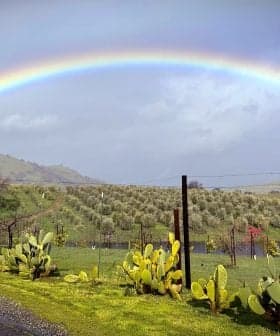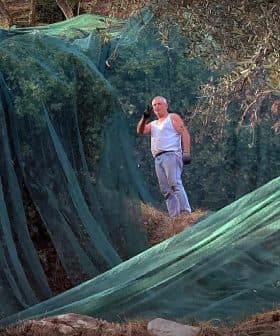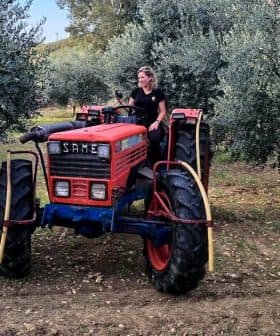 10.4K reads
10.4K readsBasics
How Packaging Influences Olive Oil Quality
The UC Davis Olive Oil Center report highlights the importance of packaging in maintaining the quality and nutritional value of olive oil, comparing different types of containers and their impact on shelf life and essential nutrient retention. The most effective packaging materials for olive oil, according to the report, are dark glass, stainless steel, coated paperboard, and bag-in-box containers, as they prevent light and air penetration and help preserve the oil’s freshness and longevity.
Olive oil quality and its corresponding nutritional value are monitored by most producers throughout the entire production process. But in a report released by the UC Davis Olive Oil Center, not only does the chemistry inside the bottle matter, but packaging weighs in too.
The report is a summary of over ten years of commercial packaging literature and compares key components of commercial oil containers including: durability, effect on shelf life, and the retention of essential nutrients in glass, aluminum, tinplate cans, stainless steel, plastic, coated paperboard, and bag-in-box containers.
Phenolic levels naturally protect an olive oils’ longevity, however, moisture, oxygen, trace metals, and fatty acids promote oxidation and therefore limit shelf life. According to the review, “to maximize shelf stability the ideal packaging material would prevent light and air penetration, and oils would be stored in the dark at 16 – 18°C (61 – 64°F).”
So what is the best light- and air-blocking container? UC Davis reports the most effective packing to be dark glass, stainless steel, coated paperboard and bag-in-box. Clear glass does not completely prevent photo oxidation without a full-body label or additional covering. Plastic containers are too porous to provide adequate protection from light, heat, or moisture; additionally, small molecules in plastics can leak into the oil further diminishing its quality. More research should be done to support to use of aluminum with food-grade coating, tinplate cans, and bag-in-box containers with different types of bags.

Most suppliers continue to use glass containers because of consumer preference, however coated paperboard is becoming more widely seen. Advantages to coated paperboard, according to Food Service Daily is the coast-effective, lightweight ease of transport in addition to blocking light and moisture. George Eliadis recently told Food Production Daily, “customers say they prefer to be able to see the olive oil but cartons are cheaper, don’t break, aren’t heavy and keep oil fresher longer because light can’t get in.”
As consumers become more knowledgeable about what’s in a bottle of olive oil, perhaps the shift in packaging will follow. In a recent presentation, Leandro Ravetti, technical director at Boundary Bend Ltd., Australia’s largest olive oil producer and marketer, shared the example of clear glass outselling green glass 20 to 1 in his native Argentina twenty years ago — because consumers wanted to see what they were buying — while today in Australia it’s the opposite, because there is more awareness of how light degrades olive oil.”









